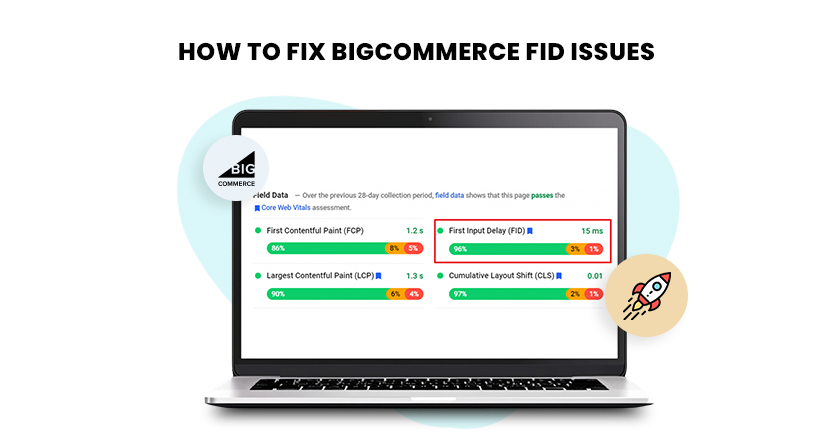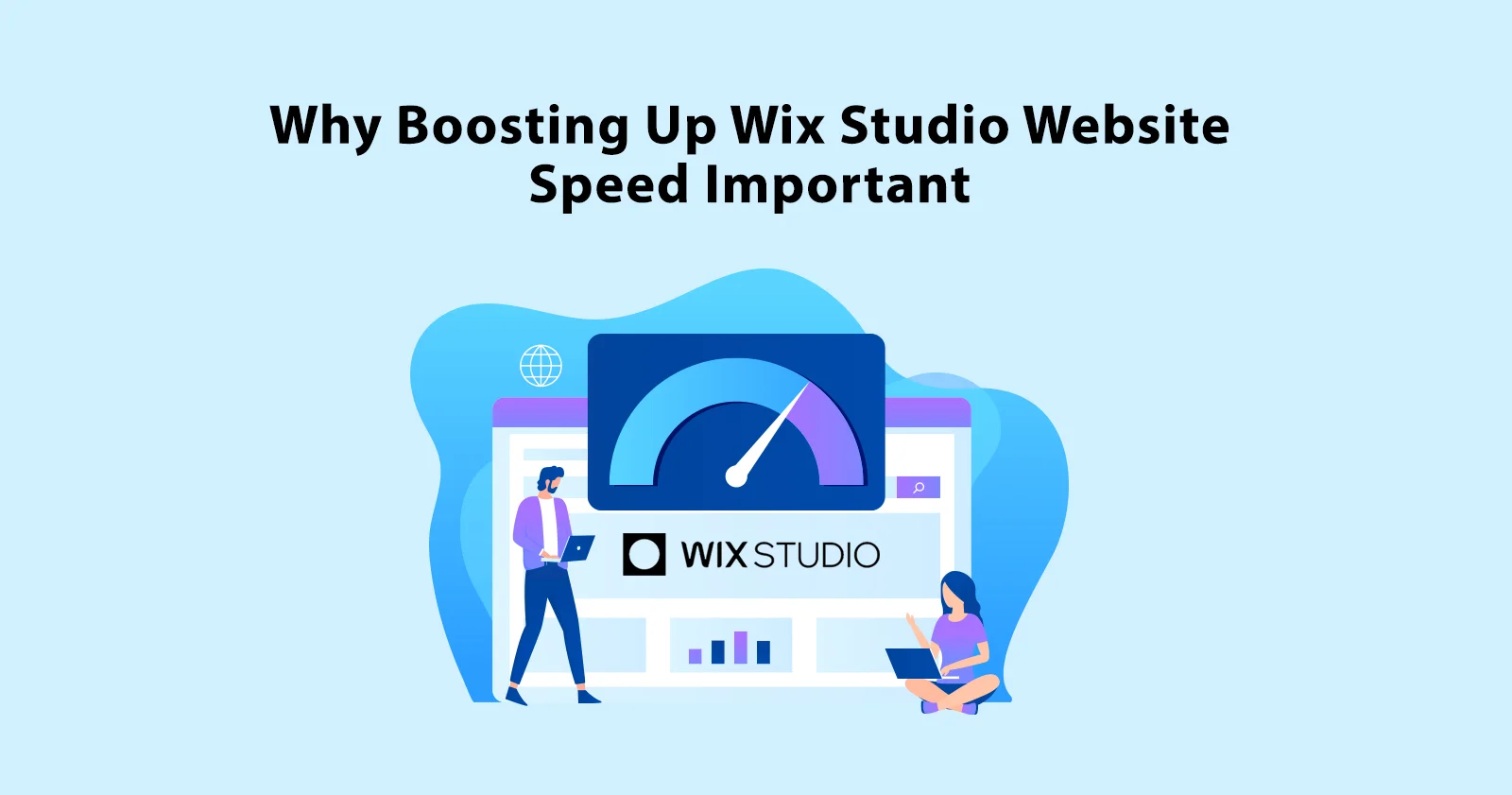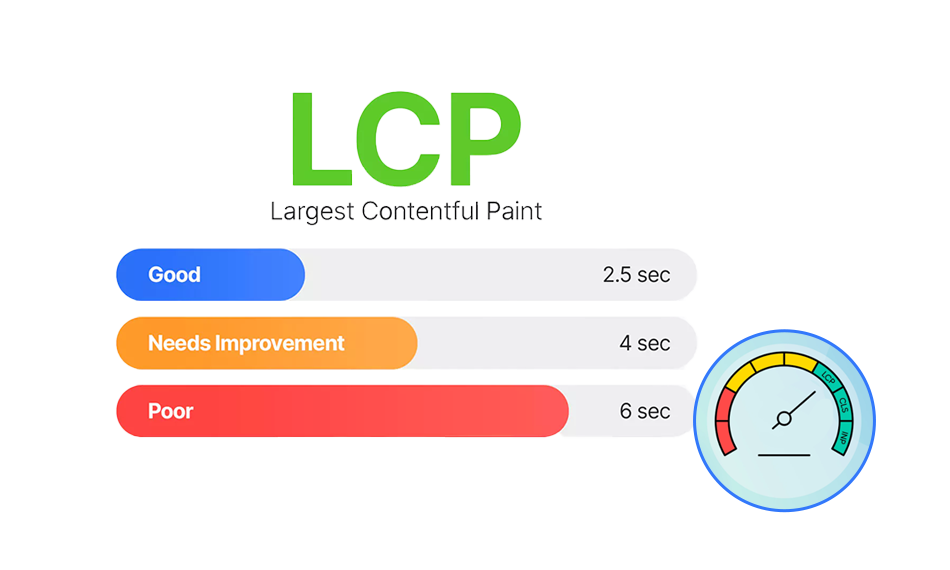TL;DR: To make your site top-notch and optimized, you have to check its current performance first. In this article, there are some of the best tools compiled to check WordPress site speed. Also, find the best ways to fix common performance and speed issues of your website.
Many website owners might think that if their website is working fine, then there is no need to perform a website speed test. But unfortunately, you’re wrong!
To measure your website speed in real-time is necessary not only for user experience but also to complement the efforts you’ve put into designing and creating your website.
With the right tools, you can check WordPress site speed and optimize performance issues by using the methods mentioned in this article.
Why is it Important to Check Your WordPress Site Speed?
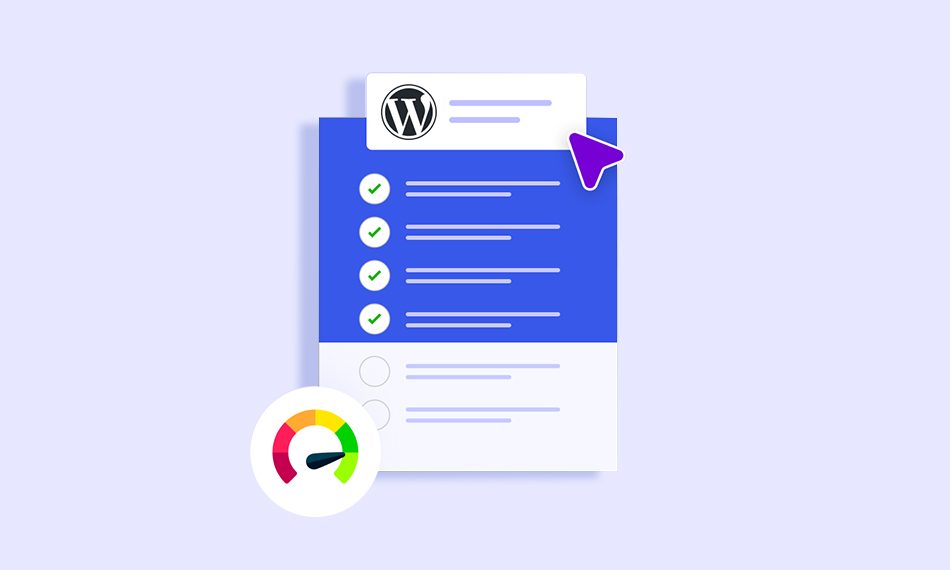
Checking your WordPress site speed is important to know your current performance. Moreover, it is directly related to the user experience, SEO rankings, and conversions. Nowadays, users expect a page to load under 2 seconds, and slow loading causes a loss in revenue and traffic.
Here are some reasons why the WordPress speed test is important:
For Better User Experience:
A fast website motivates users to scroll more and engage more with your site. This increases the chances of conversions and repeat customers. On the other hand, slow pages can cost you revenue by increasing bounce rates and ruining user experience.
Higher SEO Rankings:
Google considers Core Web Vitals (LCP, CLS, and INP) as ranking factors, and speed is at the centre of these metrics. Thus, enhancing your WordPress website speed directly means improved chances of ranking higher in search engines.
More Conversions & Sales
Even seconds of delay can impact conversions on your website. Faster checkout directly improves your number of purchases and customer engagement. Thus, website speed optimization is not an option but a necessity.
Mobile-First Performance
As more traffic is coming from mobile devices nowadays, speed testing helps you check and enhance your mobile user experience by monitoring the site performance. You can optimize your website for mobile devices using the recommended tools in this article.
In short, checking your WordPress site speed is not an option and is important for growth, visibility, and user satisfaction on your website.
Best Tools to Check Your WordPress Site Speed in 2025
1. Google PageSpeed Insights
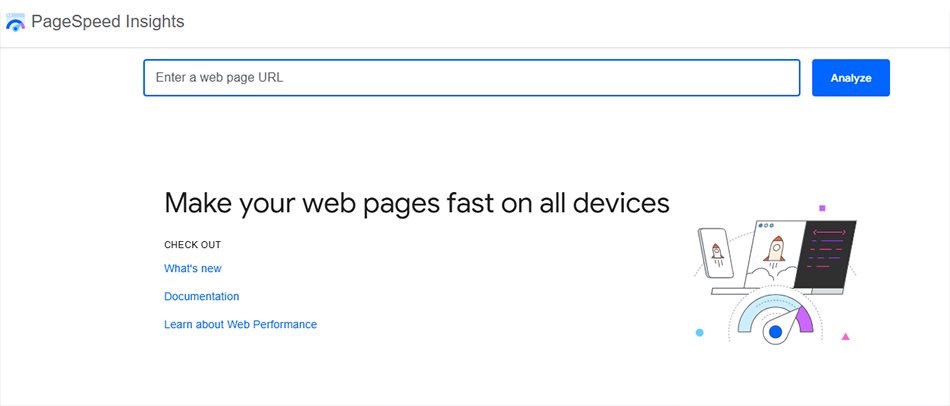
PSI is an excellent WordPress speed testing tool from Google that not only tests your site speed across devices but also provides valuable suggestions to fix performance issues.
You can measure WordPress website speed using PageSpeed Insight to get real-world user experience analytics. It provides data about the Core Web Vitals analytics of your site, including LCP, FID, and CLS.
You can easily test your site speed by entering your website URL into PageSpeed Insights and then clicking on the Analyse button. PSI will provide a performance score ranging from 0-100, a Core Web Vitals score, and productive suggestions to improve your site speed.
| Advantages: | Limitations: |
|---|---|
|
|
2. GTmetrix
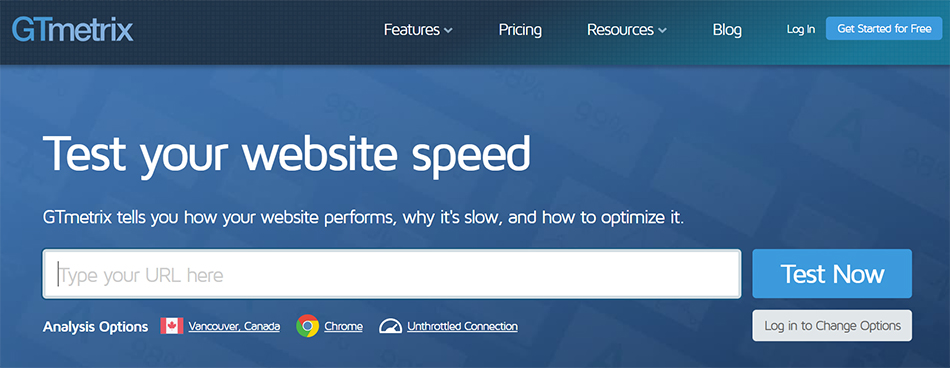
It’s a free, simple-to-use tool that analyses your site specifically for speed-related optimization opportunities. It delivers a detailed report about the website analysis.
However, it doesn’t allow the unregistered users to select the testing location, but signing up for a free account can help you choose multiple locations. Whereas, paid users can avail the facility of choosing even more locations and various testing conditions.
You can simply test your WordPress website speed using GTmetrix by entering your website URL into the GTmetrix tool. After entering the URL, run the test and get the GTmetrix Grade (from A to F), based on the performance and structure of the website.
The best part is that this tool provides you with a detailed waterfall chart to determine the issues and provide useful recommendations accordingly.
| Advantages: | Limitations: |
|---|---|
|
|
3. Pingdom Tools

This tool will provide you with an easy and affordable website speed testing experience, monitoring your site’s performance, availability, page load time, total page size, number of requests on your website, and actionable low points.
For an easy WordPress speed test with the Pingdom tool, enter your website URL in the tool, and select the test server location to get a real-world performance test.
Pingdom provides you with the performance grade, load time metrics, page size, and requests that your website is receiving.
| Advantages: | Limitations: |
|---|---|
|
|
4. WebPageTest
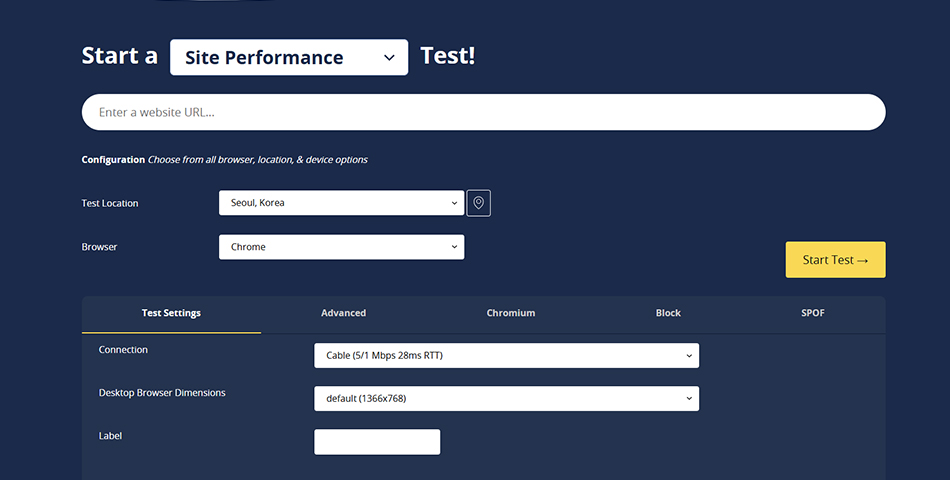
The specialty of WebPageTest is that it can satisfy both experts and beginners at the same time. It is useful for advanced users and developers as it provides a large volume of data and details about your website. At the same time, its interface is beginner-friendly.
You can measure WordPress website speed on WebPageTest to avail various advanced features that it provides.
To test your website speed, you have to open WebPageTest, enter the website’s URL, and choose a test location and browser. By clicking on Start Test, you will get waterfall charts, a video of a page loading, Core Web Vitals, and a filmstrip view of your website.
| Advantages: | Limitations: |
|---|---|
|
|
5. Site Checker Pro

The tool can professionally measure speed and perform SEO audits for your website. Site Checker Pro is an all-in-one tool that covers the speed test, search rankings, and strategies to improve ranking based on the site audit. And the best part is that it shows the complete result in a user-friendly format.
To test your WordPress website speed with Site Checker Pro, enter the website in the tool and hit the Check button. This will provide you with the various details of your website, including the desktop and mobile speed score, load time, page weight, and request count on your website. Like every tool, it also gives you efficient recommendations, like caching and image optimization, to enhance your WordPress website speed.
| Advantages: | Limitations: |
|---|---|
|
|
6. Chrome DevTools – Lighthouse
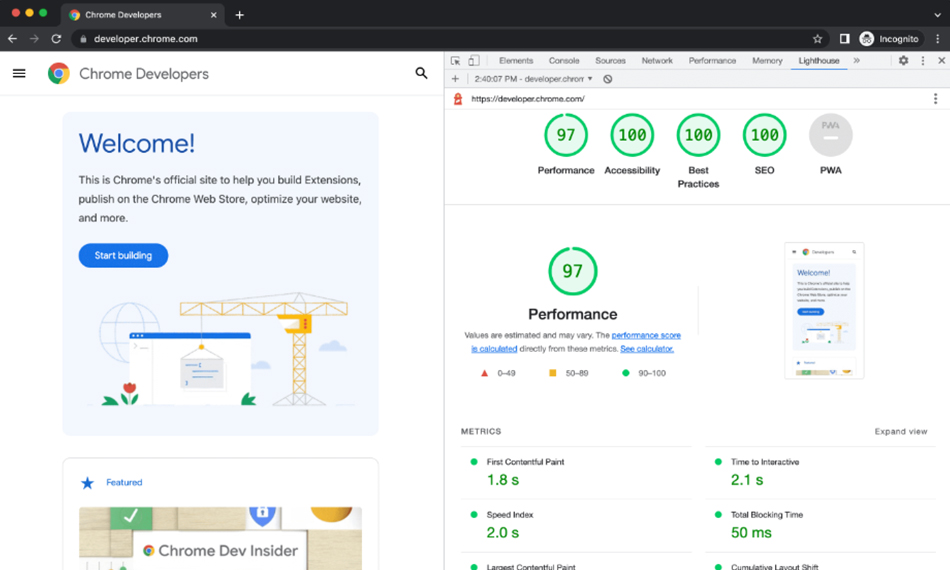
Built into Google Chrome, the Lighthouse offers a fast, reliable way to test your site’s speed directly from your browser. It provides a full report covering performance, accessibility, SEO, and best practices.
As this tool is built into Chrome, it is simple to use, suitable for developers and tech-savvy users looking for real-time in-browser testing. To perform a speed test in Chrome Lighthouse, enter your website URL, run a speed test, review the results, and follow the optimization suggestions to speed up your WordPress website.
| Advantages: | Limitations: |
|---|---|
|
|
How to Fix Speed and Performance Issues

The various tools mentioned will help you analyze your website and provide the recommendations that you can use to enhance your site’s performance. Website speed optimization has become easy with advanced tools like this.
I have suggested these tools based on my own experience, as I have used them to check WordPress site speed and performance. Based on my performance testing experience, some of the common measures to fix site speed and performance are:
Image Compression
As you know, images are the biggest reason for slowing down a website, interrupting the responsiveness and overall performance of a website. It is recommended to optimize, resize, and compress your web images before publishing.
Lazy loading for Web Images
It’s a powerful method that significantly lowers the load of your website and distributes it according to the user preferences. Lazy loading significantly reduces the server load and speeds up the site.
Caching Solution
It helps a website to load instantly on the user’s browser when they revisit your website.
Use a Content Delivery Network (CDN)
This feature helps your site perform well and load instantly across various locations, enhancing user experience.
Optimize Theme
Use a website theme that loads seamlessly across all browsers and even in slow data areas.
Use Render Blocking for Heavy files
Files like CSS and JavaScript load first when a user opens a website, hindering the loading of the other useful web components. Using render-blocking for these files can help your website load smoothly without harming user experience.
Wrap Up
You learned the importance of website speed and how to check WordPress site speed using various tools. You should always run tests on different tools and locations to achieve accuracy and a complete picture of your site performance. Each tool is efficient in different metrics, so trying different tools can help you optimize your website efficiently, even without the technical knowledge, thanks to these great tools!













































